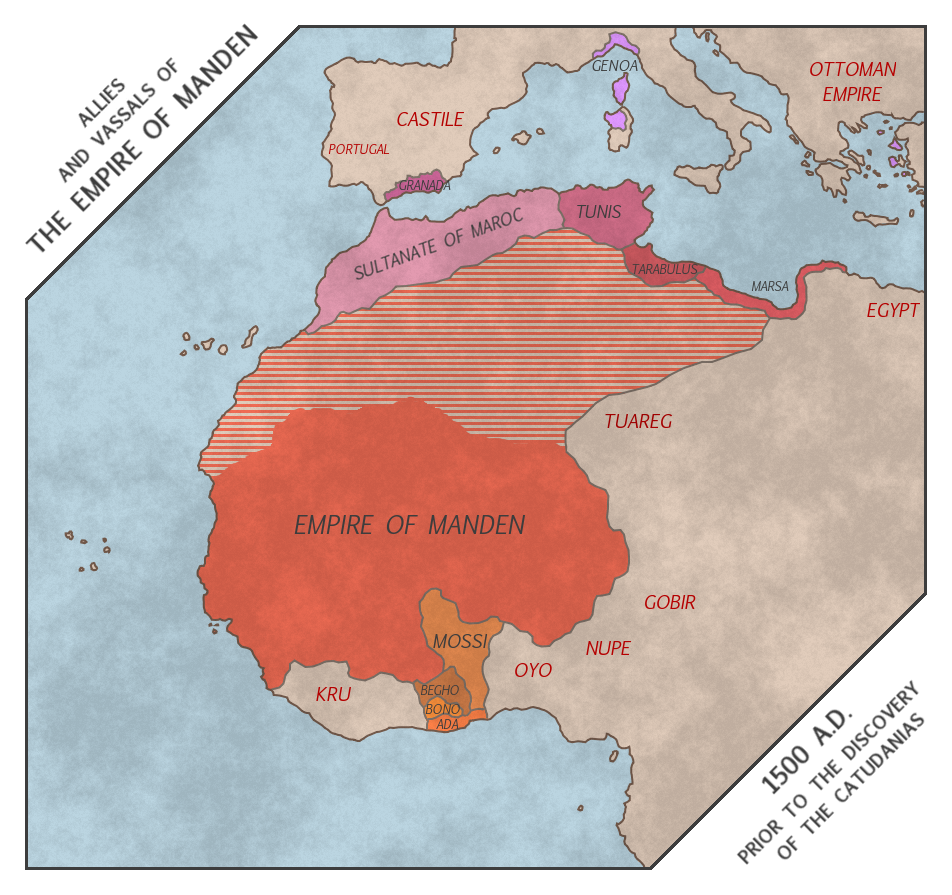Krall
Banned
In My Benevolent Shade
The Challenge
Make a map showing a country's system of client states.
The Restrictions
There are no restrictions on when your PoD or map may be set. Fantasy, sci-fi, and future maps are allowed, but blatantly implausible (ASB) maps are not.
If you're not sure whether your idea meets the criteria of this challenge, please feel free to PM me.
---
The entry period for this round shall end on Saturday the 7th of December.
---
THIS THREAD IS FOR ENTRIES ONLY.
Any discussion must take place in the main thread. If you post anything other than a map entry (or a description accompanying a map entry) in this thread then you will be asked to delete the post. If you refuse to delete the post, post something that is clearly disruptive or malicious, or post spam then you may be disqualified from entering in this round of MotF and you may be reported to the board's moderators.
Remember to vote on the previous round of MotF!
The Challenge
Make a map showing a country's system of client states.
The Restrictions
There are no restrictions on when your PoD or map may be set. Fantasy, sci-fi, and future maps are allowed, but blatantly implausible (ASB) maps are not.
If you're not sure whether your idea meets the criteria of this challenge, please feel free to PM me.
---
The entry period for this round shall end on Saturday the 7th of December.
---
THIS THREAD IS FOR ENTRIES ONLY.
Any discussion must take place in the main thread. If you post anything other than a map entry (or a description accompanying a map entry) in this thread then you will be asked to delete the post. If you refuse to delete the post, post something that is clearly disruptive or malicious, or post spam then you may be disqualified from entering in this round of MotF and you may be reported to the board's moderators.
Remember to vote on the previous round of MotF!


